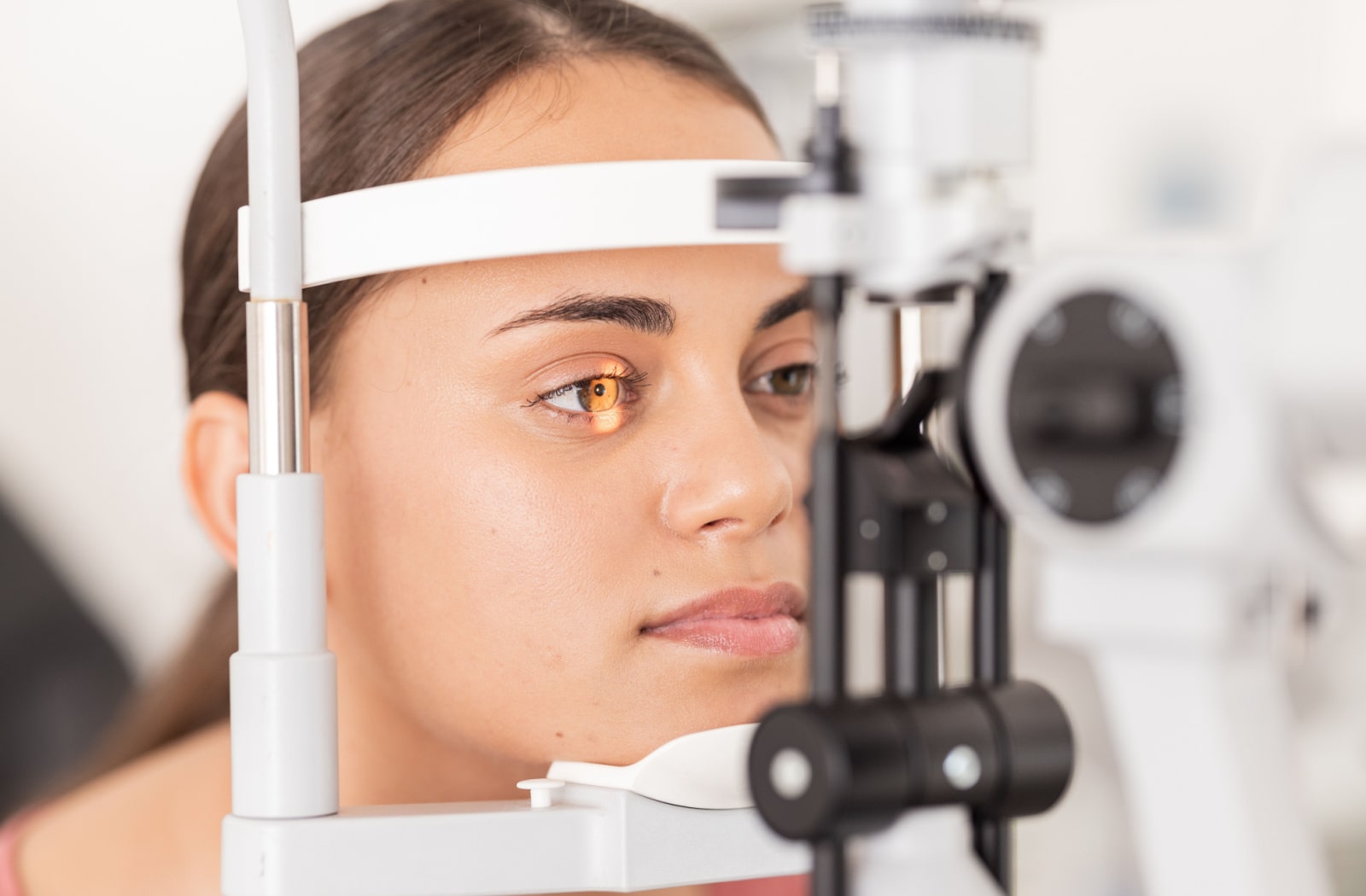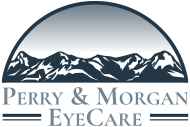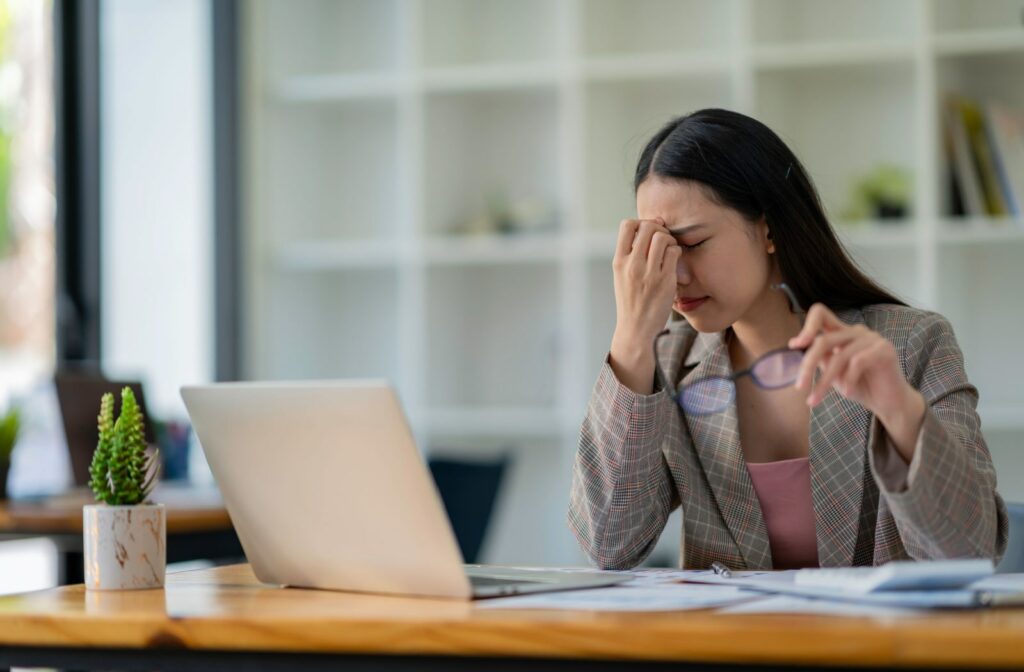Dry eye is a common condition that occurs when your eyes cannot produce enough tears or they evaporate too quickly. This can result in dryness, itching, burning, and sometimes blurred vision. If you have ever experienced dry eye, you might wonder how long it can last.
The duration of dry eye varies from person to person. It could depend on several factors such as age, underlying health conditions, medications, environmental factors, and how well you manage the condition. Dry eye can last for a few days to several weeks or even years for chronic conditions.
Factors that Affect the Duration of Dry Eye
Several factors can affect how long your dry eye lasts. These may include:
- Age: As we get older, our tear production decreases, making us more prone to dry eye. This means that dry eyes can last longer in older individuals.
- Health conditions: Certain health conditions like diabetes, thyroid problems, and rheumatoid arthritis can contribute to a longer duration of dry eye. These conditions affect tear production and quality, potentially leading to chronic dry eye.
- Medications: Some medications like antihistamines, antidepressants, and blood pressure medications can cause dry eye as a side effect. If you take any of these medications, the duration of your dry eye might be prolonged.
- Environmental factors: Dry or windy weather, high altitude, and air conditioning can all contribute to dry eye. If you live in an area with these conditions or spend a lot of time in air-conditioned environments, your dry eye may last longer.
- Contact lens use: Wearing contact lenses can cause dry eye, especially if you wear them for extended periods or do not clean them properly. This can prolong the duration of your dry eye symptoms.

Managing Dry Eye
Proper management is essential to reduce the duration of dry eye. Here are some tips that can help:
- Use artificial tears: Over-the-counter artificial tears can temporarily relieve dry eye symptoms. They help to lubricate the eyes and keep them moist.
- Take breaks when using screens: Prolonged screen use can cause dry eye. Make sure to take regular breaks, blink frequently, and adjust your screen’s brightness to reduce strain on your eyes.
- Stay hydrated: Drinking enough water is important for overall health and can help with dry eye. Make sure to drink enough water throughout the day, especially if you live in a dry or high-altitude area.
- Use a humidifier: If you live in a dry climate or spend a lot of time in air-conditioned environments, using a humidifier can add moisture to the air and help alleviate dry eye symptoms.
- Avoid smoking and exposure to secondhand smoke: Smoke can irritate the eyes and worsen dry eye symptoms. If you are a smoker, quitting can benefit your eye health and improve your overall health.
- Protect your eyes from environmental factors: Wind, dust, and other environmental factors can contribute to dry eye. Wearing protective eyewear, such as wraparound sunglasses, can help shield your eyes from these irritants.
- Consider omega-3 supplements: Omega-3 fatty acids have been shown to improve symptoms of dry eye by reducing inflammation. Consult with your doctor before starting any new supplements.
- Properly clean and replace contact lenses: If you wear contact lenses, make sure to follow proper hygiene practices. Clean them regularly and replace them as recommended by your eye care provider.
- Discuss medication side effects with your doctor: If you are taking any medications that may contribute to dry eye, discuss potential alternatives with your doctor. They may be able to prescribe a different medication that does not have this side effect.
When to Seek Professional Help
If you are experiencing persistent dry eye symptoms despite trying these at-home remedies, it may be time to seek professional help. Your eye care provider can perform a comprehensive eye exam and assess the severity of your dry eye. They may also recommend specific treatments to address your individual needs.
Some common treatments for dry eye include prescription eye drops, punctal plugs (tiny plugs inserted into tear ducts to block drainage and keep tears on the eye’s surface longer), and in-office procedures, such as LipiFlow or Optilight.
It is important to visit your eye care provider regularly for routine check-ups and to address any eye health concerns. They can help you manage dry eye symptoms and prevent any potential complications. At Perry & Morgan EyeCare, our goal is to help you find lasting relief from the discomfort and irritation associated with dry eye syndrome. Don’t hesitate to contact us today to schedule an Ocular Surface Exam to see what the best options are for you and your level of dry eye. Take the first step towards finding relief and maintaining the health of your eyes.



